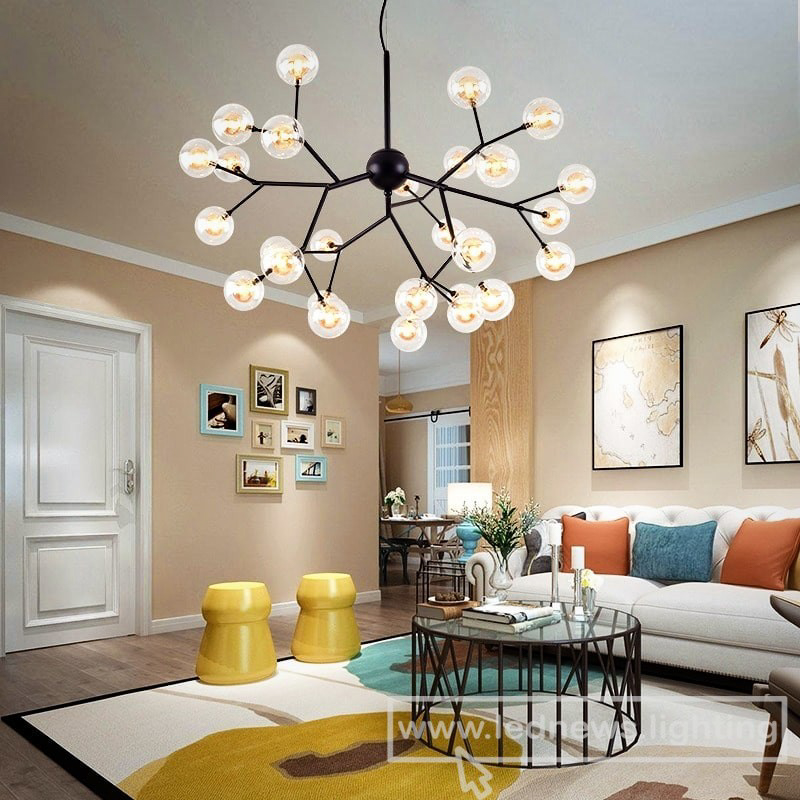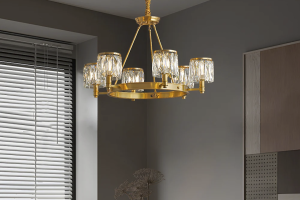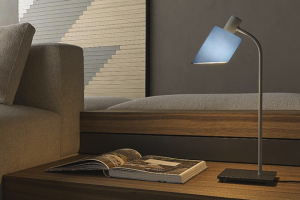Introduction
Lighting plays a crucial role in creating ambiance and can be used to enhance the beauty of any space. One lighting fixture that has stood the test of time and continues to add elegance to any room is the chandelier. With their timeless beauty and intricate design, chandeliers have become a popular choice for homeowners, architects, and interior designers alike. This article explores the history of chandeliers, their design, and how they can transform any space with their illumination.
History of Chandeliers
The word chandelier comes from the French word “chandelle,” which means candlestick. The first chandeliers were invented during the medieval times, and they were made of wood and iron, holding candles. In the 18th century, glassmakers in Murano, Italy, began making chandelier parts to fulfill the growing demand for lighting fixtures. The chandeliers during this period were designed to reflect the wealth and extravagance of the aristocracy, with their intricate designs and use of expensive materials such as crystal and bronze.
Chandelier Design
Chandeliers come in different shapes and sizes, and the designs can range from traditional to modern. However, they all have one thing in common – the use of multiple bulbs to create a dramatic illumination effect. The most popular type of chandelier is the crystal chandelier. These chandeliers have a frame made of metal, which is adorned with crystal or glass droplets. The crystals refract the light and create a dazzling effect that enhances the overall ambiance of the room.
Chandelier Placement
When it comes to placing a chandelier, homeowners and interior designers need to consider the size of the room, ceiling height, and the furniture layout. A general rule of thumb is that the chandelier should be placed in the center of the room, and the bottom of the fixture should be at least seven feet above the floor. However, this can vary depending on the height of the ceiling.
Chandelier Illumination
Chandeliers not only add elegance to a space, but they also provide ambient illumination. The illumination provided by chandeliers can range from subtle to dramatic, depending on the design and the number of bulbs used. Chandeliers can be used to highlight certain areas of the room and are particularly effective in areas such as dining rooms, foyers, and living rooms.
LED Chandeliers
Traditional chandeliers use incandescent bulbs, which have a short lifespan and consume a lot of energy. However, with advancements in LED technology, LED chandeliers have become a popular choice for homeowners and interior designers. LED chandeliers are energy-efficient, have a longer lifespan, and offer a wide range of color temperatures, making them versatile enough to create any ambiance.
Custom Chandeliers
For homeowners and interior designers who want a one-of-a-kind chandelier, custom chandeliers can be made to fit any specification. Custom chandeliers offer endless design possibilities, from shape and size to the materials used. Homeowners can work with lighting experts to create a chandelier that perfectly matches their style and the ambiance they want to create in their space.






More Stories
Enhance Your Dining Space with an Acrylic Table Lamp
Enhance Your Living Room with Embedded LED Lights
10 Small Dining Room Lighting Ideas for a Cozy Space